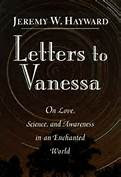
David Macaulay takes the reader on a tour of some of the really big civil engineering structures of our time. Building Big has sections on Bridges, Tunnels, Dams, Domes, and Skyscrapers. Each part of the book describes the design and construction of from four to ten outstanding examples of the structure highlighted. The examples in each category are described in chronological order with some going back to the time of ancient Rome. The drawings that accompany the text are excellent at focusing on the details and techniques described. The integration of text and graphics is wonderful. In each case, Macaulay describes the design objectives, the interplay between the structure and the environment, and the engineering solutions used to bring the structures into being. This is a wonderful book for anyone interested in structural engineering and design. I have not seen the related PBS video series, but I can say that the book stands on its own very well. Highly recommended.



